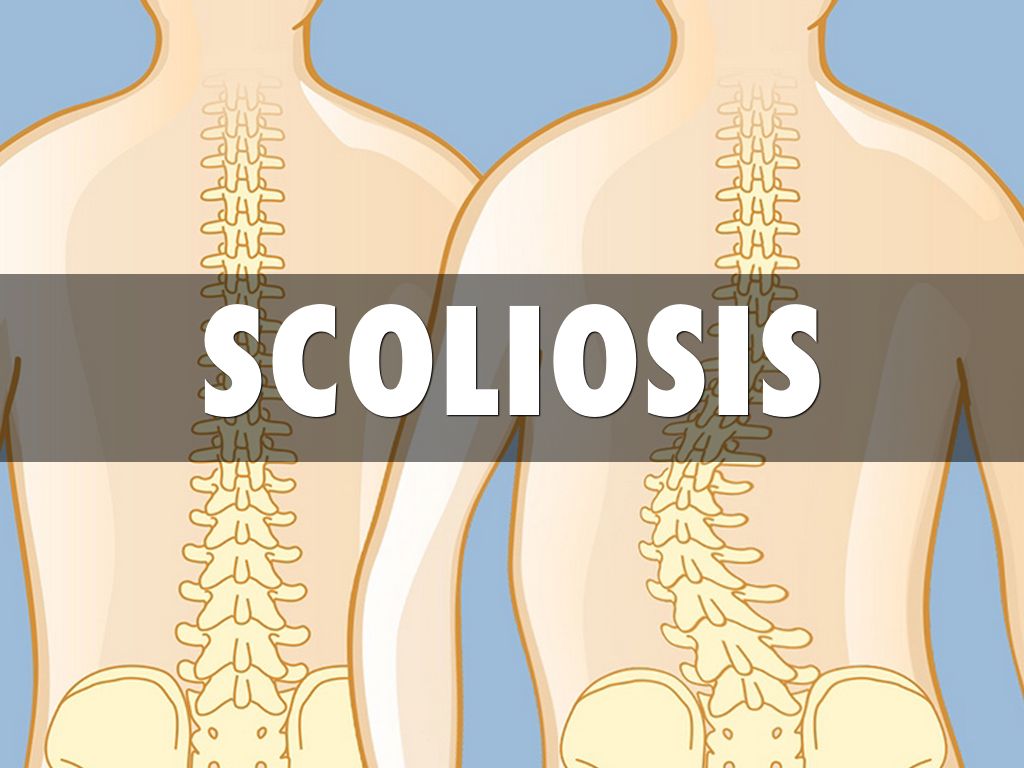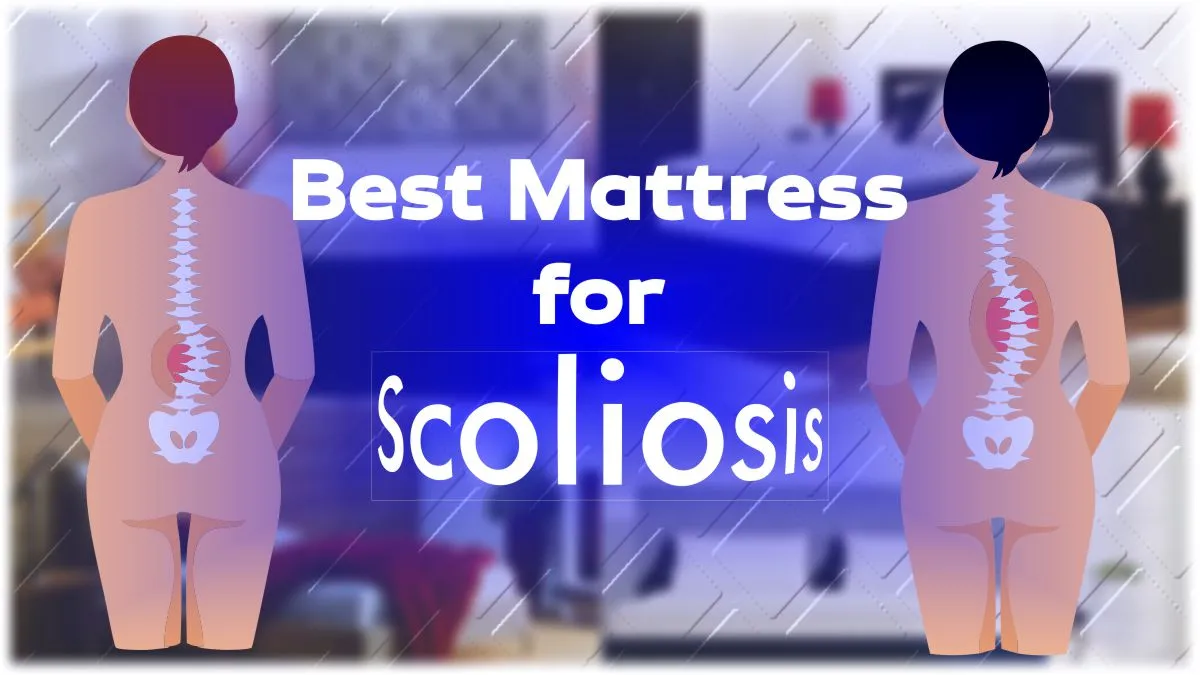Scoliosis is a medical condition characterized by an abnormal curvature of the spine. It can cause pain, discomfort, and limited mobility, making it challenging for individuals with scoliosis to find a comfortable sleeping position. The right mattress can play a crucial role in alleviating scoliosis-related pain and promoting better sleep quality. In this article, we will explore the top mattress choices for reducing scoliosis-related pain and discomfort.

L'importance de choisir le bon matelas en cas de scoliose
Choosing the right mattress is essential for individuals with scoliosis as it can significantly impact their sleep quality and overall well-being. A mattress that provides proper support and alignment can help reduce pressure points, alleviate pain, and improve spinal alignment during sleep. On the other hand, an unsuitable mattress can exacerbate discomfort and lead to restless nights.
Memory Foam Mattresses: Contouring Support for Scoliosis Relief
Memory foam mattresses are a popular choice for individuals with scoliosis due to their ability to contour to the body’s shape. The viscoelastic foam used in memory foam mattresses responds to body heat and weight, allowing it to conform to the curves of the spine. This contouring support helps distribute body weight evenly, reducing pressure points and promoting proper spinal alignment. Additionally, memory foam mattresses absorb motion, making them an excellent choice for couples where one partner has scoliosis.

Innerspring Mattresses: Firmness and Support for Scoliosis Patients
Innerspring mattresses are known for their firmness and support, making them suitable for individuals with scoliosis. These mattresses feature a network of metal coils that provide a responsive and supportive surface. The firmness of an innerspring mattress helps maintain proper spinal alignment and prevents the body from sinking too deeply into the mattress. However, it is crucial to choose an innerspring mattress with adequate padding to ensure comfort and pressure relief.
Latex Mattresses: Natural Comfort and Pressure Relief for Scoliosis
Latex mattresses are gaining popularity among individuals with scoliosis due to their natural comfort and pressure-relieving properties. Made from the sap of rubber trees, latex mattresses offer a unique combination of support and cushioning. The natural elasticity of latex allows it to contour to the body’s shape while providing excellent support. Latex mattresses also have a breathable structure, promoting airflow and temperature regulation, which can be beneficial for individuals with scoliosis who experience night sweats or temperature sensitivity.
Hybrid Mattresses: Combining Support and Comfort for Scoliosis Relief
Hybrid mattresses are a blend of innerspring and foam mattresses, offering the benefits of both. These mattresses typically feature a layer of memory foam or latex on top of an innerspring core. The combination of materials provides contouring support, pressure relief, and enhanced breathability. Hybrid mattresses are an excellent choice for individuals with scoliosis who require both support and comfort.
Adjustable Beds: Customizable Sleep Positions for Scoliosis Comfort
Adjustable beds can be a game-changer for individuals with scoliosis. These beds allow users to customize their sleep positions, elevating the head or foot of the bed to find the most comfortable angle. By adjusting the bed’s position, individuals with scoliosis can relieve pressure on their spine, reduce pain, and find optimal comfort. Adjustable beds also offer additional features such as massage functions, which can further enhance relaxation and pain relief.
Orthopedic Mattresses: Targeted Support for Scoliosis-Related Pain
Orthopedic mattresses are specifically designed to provide targeted support for individuals with orthopedic conditions, including scoliosis. These mattresses are engineered to promote proper spinal alignment and alleviate pressure points. Orthopedic mattresses often feature specialized zones or layers that provide extra support to the lumbar region and other areas prone to pain for individuals with scoliosis. The targeted support offered by orthopedic mattresses can help reduce scoliosis-related pain and discomfort.
Cooling Mattresses: Temperature Regulation for Scoliosis Sleepers
Many individuals with scoliosis experience temperature sensitivity, night sweats, or discomfort due to heat retention. Cooling mattresses are designed to address these issues by incorporating materials that promote airflow and regulate body temperature. These mattresses often feature gel-infused memory foam or breathable covers that wick away moisture and dissipate heat. By keeping the body cool and comfortable, cooling mattresses can enhance sleep quality for individuals with scoliosis.
Pillow-Top Mattresses: Plush Comfort and Gentle Support for Scoliosis
Pillow-top mattresses are known for their plush comfort and gentle support, making them an attractive option for individuals with scoliosis. These mattresses have an additional layer of padding sewn onto the top, providing a soft and cushioned surface. The extra padding helps alleviate pressure points and provides gentle support to the body’s curves. Pillow-top mattresses are particularly beneficial for individuals with scoliosis who prefer a softer sleeping surface.
Firm Mattresses: Extra Support for Scoliosis-Related Spinal Alignment
While some individuals with scoliosis may prefer a softer mattress, others may find that a firm mattress offers better support and spinal alignment. Firm mattresses provide a stable surface that prevents the body from sinking too deeply, helping maintain proper spinal alignment. However, it is essential to strike a balance between firmness and comfort, as an overly firm mattress can cause discomfort and exacerbate pain for individuals with scoliosis.
Conclusion: Finding the Best Mattress for Your Scoliosis Needs
Choosing the right mattress is crucial for individuals with scoliosis to alleviate pain, promote proper spinal alignment, and improve sleep quality. Memory foam mattresses, innerspring mattresses, latex mattresses, hybrid mattresses, adjustable beds, orthopedic mattresses, cooling mattresses, pillow-top mattresses, and firm mattresses are all viable options for individuals with scoliosis. It is essential to consider personal preferences, sleep positions, and individual needs when selecting a mattress. Consulting with a healthcare professional or trying out different mattresses can help determine the best mattress for your scoliosis needs. Remember, finding the right mattress can make a significant difference in managing scoliosis-related pain and discomfort, allowing for a restful and rejuvenating sleep experience.
Références
- Chen, X., Yang, Y., Zheng, Y., et al. “Effectiveness of a custom-designed mattress in patients with chronic low back pain and functional scoliosis: A randomized, controlled trial.” Journal de la science orthopédique. 2014;19(1): 100-106. doi: 10.1007/s00776-013-0481-2.
- Jacobs, W.C.H., Van der Gaag, N.A., Tuschel, A., et al. “Total disc replacement for chronic back pain in the presence of disc degeneration.” The Cochrane Database of Systematic Reviews. 2012;(9). doi: 10.1002/14651858.CD008326.pub2.
- Haex, B. “Back and bed: Ergonomic aspects of sleeping.” Advances in Experimental Medicine and Biology. 2013; 801:133-153. doi: 10.1007/978-1-4614-8404-4_8.
- Carragee, E.J., and Hannibal, M. “Chronic low back pain: The anatomy of a public health crisis.” Le journal de la colonne vertébrale. 2004;4(1):124-130. doi: 10.1016/S1529-9430(03)00195-3.
- Carreon, L.Y., Glassman, S.D., Campbell, M.J., et al. “Preoperative mental health status of patients with idiopathic scoliosis does not affect outcomes after surgery.” Le journal de la colonne vertébrale. 2011;11(9):867-872. doi: 10.1016/j.spinee.2011.07.021.
- Negrini, S., Donzelli, S., Aulisa, A.G., et al. "2016 SOSORT guidelines : Traitement orthopédique et de rééducation de la scoliose idiopathique pendant la croissance". Scoliose et troubles de la colonne vertébrale. 2018;13:3. doi : 10.1186/s13013-018-0175-8.
- Berker, N., and Yalcin, M.S. “The role of physical therapy and rehabilitation in the treatment of scoliosis.” Disability and Rehabilitation. 2005;27(18-19):1000-1006. doi: 10.1080/09638280500076473.
- Zhang, Y., Xu, Y., Ma, X., et al. “Risk factors for the progression of adolescent idiopathic scoliosis: A systematic review and meta-analysis.” Colonne vertébrale. 2015;40(9). doi: 10.1097/BRS.0000000000000869.
- Luo, M., Wang, L., Ji, N., et al. “Biomechanical assessment of a new mattress system designed to minimize sleep disturbances and enhance sleep quality.” Journal de la biomécanique. 2019;83:213-220. doi: 10.1016/j.jbiomech.2018.12.020.
- Wilke, H.J., Neef, P., Caimi, M., et al. “New in vivo measurements of pressures in the intervertebral disc in daily life.” Colonne vertébrale. 1999;24(8):755-762. doi: 10.1097/00007632-199904150-00005.

